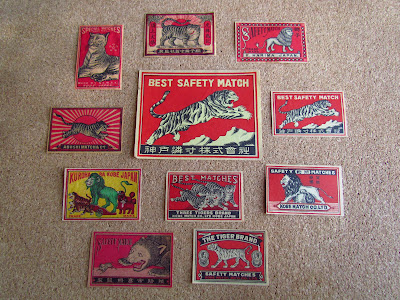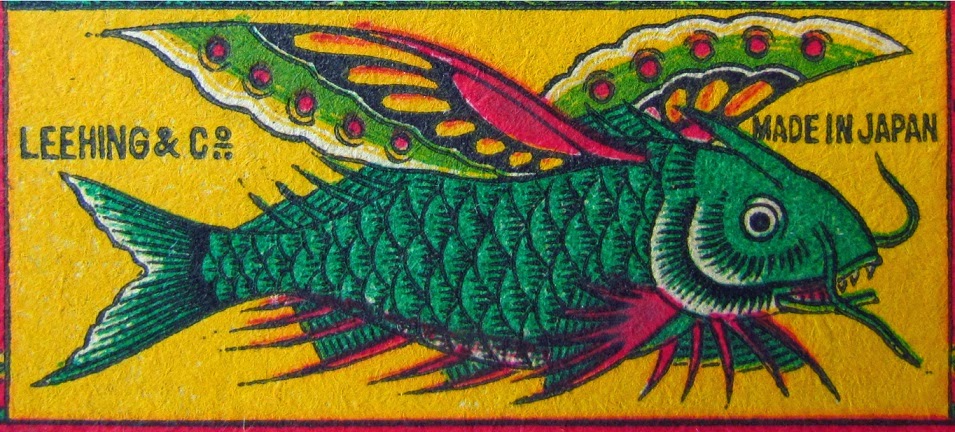 |
| Deers | |
 |
| Peach labels |
The story of Momotarō, although largely unfamiliar in the West, is a well known and loved Japanese folk-tale. Momotarō (often directly translated as ‘Peach Boy’) was the miracle child of an elderly couple who had not been favoured with the good fortune of having their own children. Whilst washing clothes in the river one day, the old woman heard muffled cries coming from inside a giant peach which she had found floating downstream. She had pulled the peach out of the water with the idea of sharing it with her husband for lunch. On breaking open the peach, she found Momotarō in the middle and claimed him as her own son. The old couple was very happy finally to have a child of their own and lavished upon the boy love, attention, and a good education. Read more...
http://johnjohnson.wordpress.com/2009/06/08/momotaro-peach-boy/
 |
| Man's activity | |
 |
| Birds |
 |
| Crescent |
 |
| Tigers & lions |











